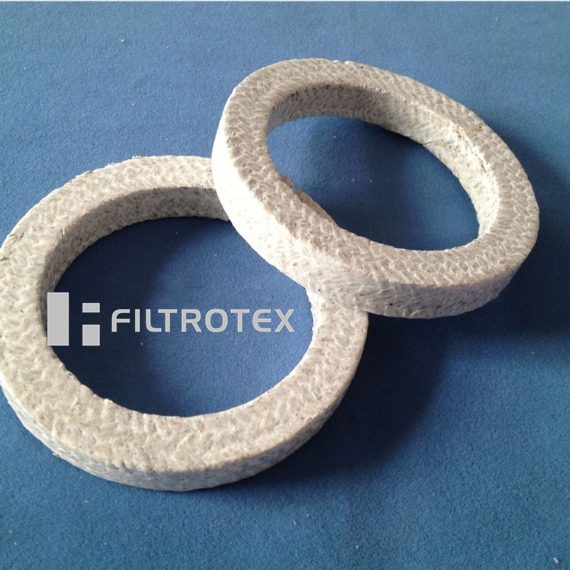CD LARGE-SCALE LONG-BAG LOW-PRESSURE PULSE BAG FILTER
- Description
Description
Main Characteristics:
Injection device with high efficiency and low consumption: The pulse valve adopts double torsion line and double diaphragm structure, so the pulse valve has the characteristics of low resistances, rapid startup and good ability of ash removal. All components of the injection device have excellent aerodynamic characteristics, when the injection pressure is dropped to 0.15-0.25MPA and flue gas with high dust concentration and moisture content is purified, the filter still has a good effect of ash removal. Its running energy consumption is lower than that of the blowback bag filter.
Long filter bag: The length of the filter bag is 6m, and its maximum length is 10m, which greatly break through the bag length limit of the pulse bag filter as generally accepted. The bag has a good effect of ash removal, so the occupied area is smaller.
Simple fixing mode of the filter bag: The filter bag is sewed in the elastic ring of the mouth, embedded in the tube sheet. It is convenient to disassemble and assemble the filter bag, reducing the contact of maintenance personnel with the dust bag.
Advanced control technology: The microcomputer is used for deashing control of the filter dust and real-time control of operating parameters such as temperature. The filter has complete functions and good reliability.
Strong processing capacity: The largest air volume disposed by the filter can reach 110H104m3/h.
Selection of the Filter:
Selection of filtration velocity
Filtration velocity is a key factor to select the filter, so the selection should depend on different factors such as the properties of soot or dust, application scenario, particle size of dust, viscosity, gas temperature, moisture content, dust concentration and filter material. Under the conditions of small particle size, high temperature, high humidity, high concentration and larger viscosity, it is appropriate to select the lower value, for example, when filtration velocity is 1m/min, whereas, the higher value is selected. Generally speaking, the selected value should not exceed 1.5m/min. Under the conditions of large particle size, normal temperature, dry, larger viscosity and lower concentration, it is appropriate to select the value of 1.5-2m/min. When selecting filtration velocity, net filtration velocity shall be calculated when reducing the filtration area of a chamber (deashing), not more than the above values.
Filter material
The selection of filter material should be based on the temperature of dusty gas, moisture content, acid-base property, as well as viscosity, concentration and abradability of dust. Generally speaking, under the circumstances of less moisture content and no acid, the selection of filter material depends on the temperature of dusty gas. When the temperature is normal or 130℃, 500-550g/m2 polyester needled felt is selected as filter material. When the temperature is less than 250℃, aramid nomex needled felt or 800g/m2 glass fiber needled felt or 800g/m2 double weft fiber fabric or FMS high temperature filter material is selected (if gas contains fluorine, glass fiber material cannot be used). Under the conditions of high moisture content and high dust concentration, it is suitable to select waterproof and oil-proof filter material (or called condensation-proof filter material) or membrane filter material (the base cloth should be waterproof needled felt). When dusty gas contains acid and alkaline and gas temperature is 190℃, Ryton (polyphenylene sulfide, pps) needle felt is selected. When the gas temperature is 240℃ and there is no high demand for acid and alkaline, P84 (polyimide) needle felt is selected. When dusty gas is flammable and explosive, antistatic polyester needled felt is selected. When dusty gas has certain moisture and is flammable and explosive, waterproof, oil-proof and antistatic (three proofs) polyester needled felt is selected.
Automatic Electrical Control:
CD large-scale long-bag low-pressure pulse bag filter adopts the microcomputer PLC to control deashing, and there are three types of control modes, namely, (automatic) constant-pressure control, (automatic) timing control and manual control. Constant-pressure control: The control is based on the set pressure difference. When the pressure difference of the filter exceeds the set value, ash is removed automatically and successively in chambers. Timing control: The control is based on the set time, and ash is successively removed in chambers at the cycle of ash removal. Manual control: Ash is successively removed in chambers by manual control of the spot operating cabinet, and ash can be removed in a chamber separately.










